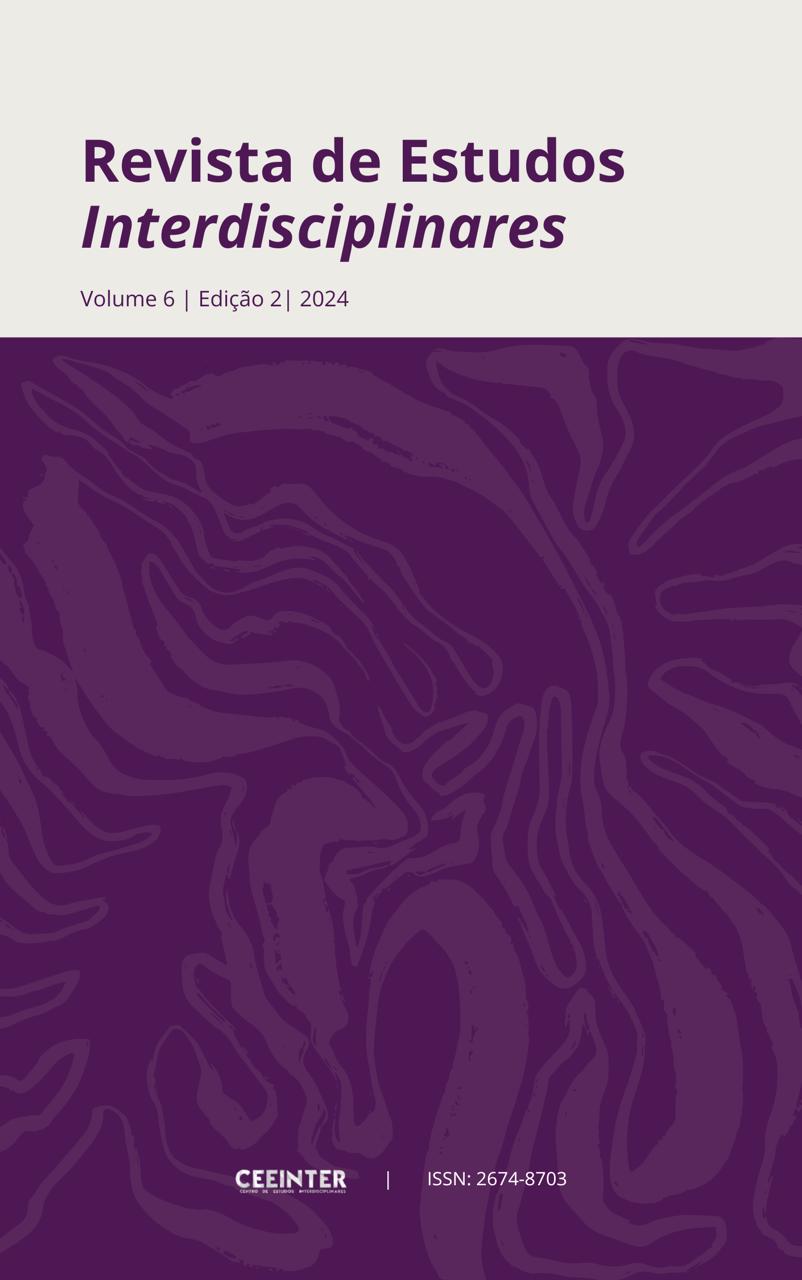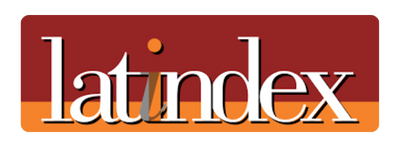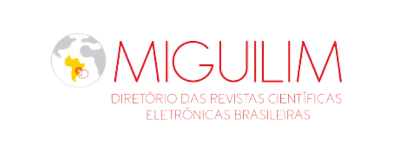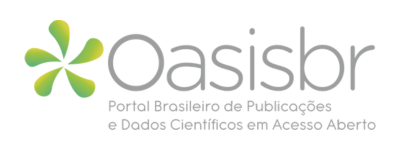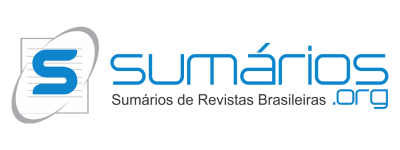School Physical Education in the Service of Interdisciplinarity, in Significant Learning
Visualizações: 511DOI:
https://doi.org/10.56579/rei.v6i2.1356Keywords:
Physical Education, Physics, Math, interdisciplinarityAbstract
This article presents the application of interdisciplinarity among the multiple dimensions of teaching work, based on the critical didactic-contextual analysis conducted in its educational practice. The goal is to answer whether interdisciplinarity between the curriculum components of Physics, Mathematics, and Physical Education enhances meaningful learning, allowing 160 first-year students of the New High School at the Garcitylzo do Lago e Silva Integrated School to share their ideas, actions, and reflections, motivating them to become active participants in their educational process. This study was approved by the CEP-UEA under the number: 5.608.528. Different curriculum components were applied: Physical Education in the form of Athletics - 100-meter race, long jump, high jump; Mathematics - linear functions, graphs; and Physics - velocity, acceleration, force, and friction – from the areas of knowledge of Languages and Their Technologies, Mathematics and Its Technologies, and Natural Sciences and Their Technologies. The analysis of calculations, measurements, marks in the athletics events (Physics), and graphs (Mathematics) highlights the learning outcomes from the interdisciplinary experience, which led to meaningful learning and challenged both teachers and students to become both subjects and objects of teaching and learning simultaneously.
Downloads
References
ASSMANN, H. Curiosidade e Prazer de Aprender: O papel da curiosidade na aprendizagem criativa. Petrópolis, RJ: Vozes: 2004.
FABER, M.A. A Interdisciplinaridade: Instrumento Facilitador Didático-Contextual E Modificador Comportamental das Escolas. Universidade Federal do Rio de Janeiro, UFRJ, Brasil. 2001a. Monografia de Especialização.
FABER, M.A. Valoración y mejoría de la Escuela y del aprecio propio de los alumnos y al medio ambiente escolar. In: V Encuentro Argentino-cubano e I Congreso Latinoamericano "Misión Educar”.2001b, La Habana, Cuba. LA FORMACIÓN DE VALORES; DESARROLLO DE LA CREATIVIDAD Y TALENTO; COMUNICACIÓN Y DESARROLLO HUMANO. Disponível em: https://slideplayer.es/slide/1126812/ . Aceso em: 19 mar. 2022.
FABER, M. A.; MOTA, V. S.; JUREMA, J. O movimento corporal e os esportes: seu significado pessoal, social e cultural como reflexo da intencionalidade do sujeito. In: 23º Congresso Internacional de Educação Física - FIEP 2008, Foz do Iguaçu. The Fiep Bulletin, 2008. v. 78. p. 288-292.
FAZENDA, I. C. Integração e interdisciplinaridade no ensino brasileiro: efetividade ou ideologia. 6 ed. São Paulo: Loyola, 2011.
FERRAZ, A. P. DO C. M.; BELHOT, R. V. Taxonomia de Bloom: revisão teórica e apresentação das adequações do instrumento para definição de objetivos instrucionais. Gestão & Produção, v. 17, n. 2. p.421-431. 2010. DOI: https://doi.org/10.1590/S0104-530X2010000200015
KRATHWOHL, D. R. A revision of Bloom’s taxonomy: an overview. Theory in Practice, v. 41, n. 4, p. 212-218. 2002. DOI: https://doi.org/10.1207/s15430421tip4104_2
Downloads
Published
How to Cite
Issue
Section
License
Copyright (c) 2024 Interdisciplinary Studies Journal

This work is licensed under a Creative Commons Attribution 4.0 International License.
The Journal of Interdisciplinary Studies adopts the Creative Commons Attribution 4.0 International License (CC BY 4.0), which allows for sharing and adapting the work, including for commercial purposes, provided proper attribution is given and the original publication in this journal is acknowledged.

